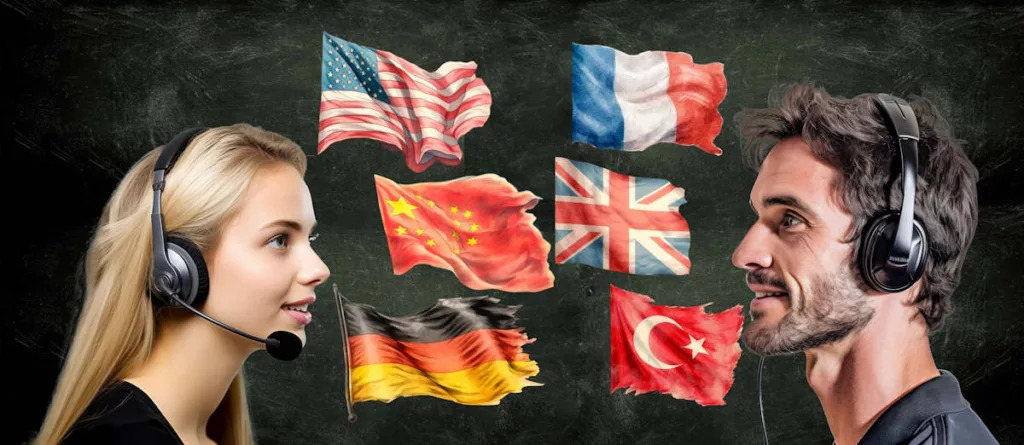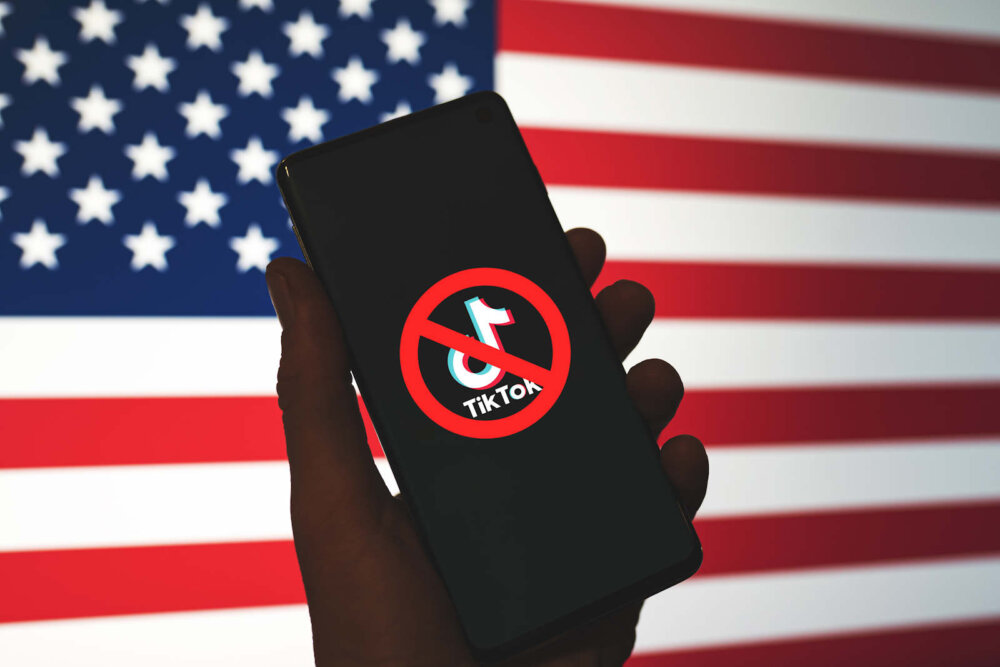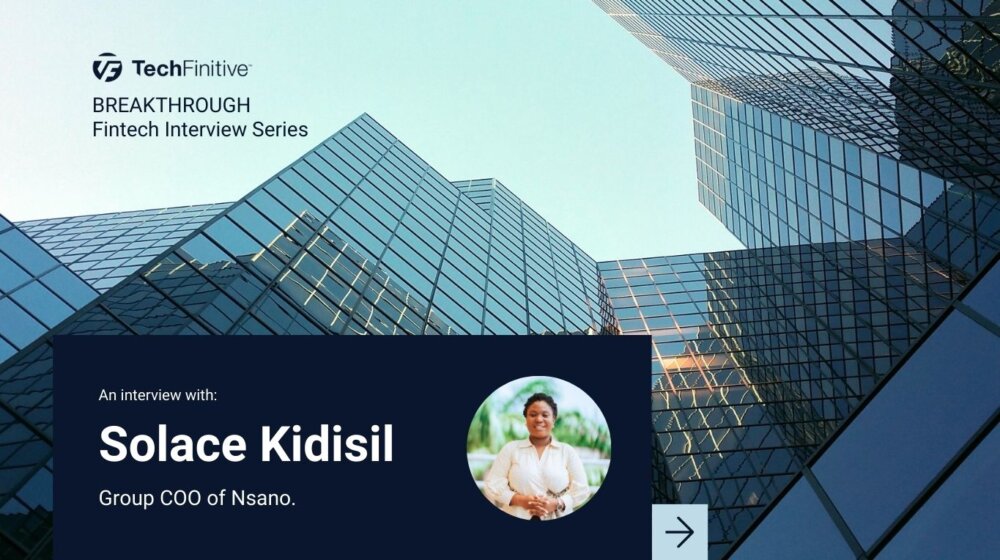
AI in education: how it’s already being used and what’s going to happen next
Teachers are using AI to plan lessons, assess students and improve their work-life balance, a UK government report has found. Surprising? Perhaps not. But the report highlights how AI could help educators, and how students could learn to use artificial intelligence safely and productively.
The UK government’s Department for Education (DfE) revealed the findings in a report on generative AI in education. 567 educators from schools, colleges and universities, mostly in England, responded to the survey. Many who replied were “broadly optimistic” about the use of artificial intelligence tools, citing the technology’s ability to tailor support for students and reduce teachers’ workloads.
The findings echoed a US survey in March that found, within two months of ChatGPT’s introduction, 51% of teachers were using the service.
This spotlight on education comes as AI threatens to transform a range of industry sectors. However, whether using general-purpose AI tools such as ChatGPT or software designed specifically for education uses, educators note the various risks currently connected with artificial intelligence.
So, what are teachers using AI for? What are the risks? How will this benefit students? That’s what we aim to tackle in this article.
Recommended reading: Back to school tech: why the lessons we give our children also apply to us
How teachers and lecturers are already using AI in the classroom
The report listed seven “themes” to explain how educators were using AI:
- Creating educational resources (such as designing handouts, worksheets, presentations, images, model answers and quizzes)
- Lesson and curriculum planning
- “Live” use in lessons
- Assessment, marking and feedback
- Administrative tasks (such as writing emails to staff and families, generating press releases and social media posts, writing docs such as FAQs and risk assessments)
- GenAI skills training and AI literacy (that is, teaching students how to use this new generation of AI tools)
- Research (eg researching topics they were planning to teach)
“In Food and Nutrition lessons,” wrote one headteacher of an independent school that covers early years, primary and secondary, “staff have worked with students to explore prompt engineering to understand how they can get ChatGPT to work for them, as well as using it to scale recipes and write time plans.”
One university has gone even further. “[The institution] has embedded generative AI skills and use within level 7 MSc Advanced Computer Networks course assessment approaches and also in level 7 MA Journalism assessment. In both cases learners are taught how to use generative AI (text, images, video) alongside its limitations,” wrote its Vice-Chancellor.
Naturally, this is happening worldwide, not just in Britain. Mary Anne Rafferty, a language and literature teacher in Tampa, Florida, told us that she is directing students to Brainly, which describes itself as an AI-learning companion.
“Once you craft the right question, the answers that you get are varied and powerful,” she said. “The one thing you should avoid more than anything else is copying it. Your teacher’s gonna know right away that you copied it directly from an AI source. The vocabulary isn’t yours, the sentence structure isn’t yours. Don’t copy it!”
Concerns include AI’s tendency to make up information, which would be a problem when assessing student work. So while students and educators might learn how to use AI in the classroom, they’re also learning the importance of double-checking AI’s responses for false information, euphemistically termed “hallucinations” by the AI industry.
AI in education: checking the facts
AI in education is hardly new. Consider that the EdTech Awards introduced an artificial intelligence category way back in 2018. Winners have included Carnegie Learning’s Mathia virtual tutor and the interactive textbooks of Embibe, where “incredible edutainment meets unbeatable personalisation”.
What’s different now is that huge names within the education industry are taking notice. Exam board and education resource provider Pearson, for example, is experimenting with AI. That includes teaching students skills such as how to prompt AI, while also developing “AI literacy” to fact-check AI’s responses.
“As an example, Pearson recently launched a beta of three e-textbooks for students in the US,” wrote Pearson’s Managing Director Sharon Hague earlier this week. “In Chemistry, the AI gives students step-by-step prompts to work through tough equations – rather than just giving them answers. This helps scaffold students’ learning, aiding their understanding of the material and it opens up possibilities to give students more bespoke accessibility support. “
When it comes to assessment, Hague notes that AI is best suited for marking straightforward tickbox questions such as multiple choice problems. This should free up time for teachers to grade more in-depth answers such as essay questions.
Customising learning using AI
Customisation of learning materials for different students is one of AI’s biggest potential benefits: the UK government’s report notes that teachers use generative AI to tailor resources, such as adapting texts to a different reading age. Teachers also use generative AI to help students with special educational needs and disabilities (SEND).
“I have used it to help students structure work, to get over the blind fear caused by a blank page and be able to start to order their thoughts,” the report quoted a Vice Dean of a University as saying. “For students from less advantaged backgrounds who may not have been taught to write in the form of a traditional essay, this helps them break the ice and acts as a useful leveller for students.”
This thought was echoed by Dr Michael Everest, the CEO and Founder of edYOU, which creates AI technology solutions for education. “AI provides a unique one-on-one interaction experience, bridging the gap between students and education like never before,” he told TechFinitive.
“The inclusiveness [of AI] helps society as a whole by providing equal opportunities for people from different walks of life to pursue education and personal growth.”
He added: “It [AI] is like having a study buddy or a mentor right there with you, offering reassurance and guidance. This kind of support can be incredibly empowering for individuals who may otherwise feel discouraged and overwhelmed without the help they need.”
What gen AI tools are teachers and lecturers using?
As well as headline-grabbing generative AI software such as Google Bard, Midjourney, Dall-E, Canva and ChatGPT, the report found teachers are using education-specific systems such as Teachermatic and Elicit.
Teachermatic can generate lesson plans, worksheets and questions for students. Elicit summarises research papers.
It’s also clear that traditional education software houses are keen to use AI to enhance their tools, while new services are springing up.
Take GoStudent, which raised $95 million in August after publishing its vision for the future of education — with AI at its heart. “We see daily the impact that tailored learning can have on a child’s confidence,” said GoStudent CEO and Co-Founder, Felix Ohswald when announcing the funding.
“By offering AI-driven study support or virtual reality lessons in group environments, alongside traditional tutoring, a truly bespoke learning path can be created for each individual child — readying them for their future.”

How AI is helping people learn languages
The UK report mentioned that languages (along with STEM subjects, including computer science) were “most likely to benefit” from generative AI.
“There was enthusiasm for GenAI’s potential to be used to generate language exercises and conversational prompts, as well as for interactive conversations and real-time language practice and feedback,” stated the report. “The level of language exercises could be tailored to individual students.”
This was reflected in the companies we spoke to for in researching this article.
Take Novakid, an online service that helps children learn English with the help of native speakers — and AI. “We see AI as a partner to a teacher, rather than a standalone product,’ said Irina Kuznetsova, Product Director at Novakid.
“From our experience in implementing large language modelling in our online English as a Second Language (ESL) classrooms, we’ve seen that AI can serve as a copilot for a teacher, helping them create engaging and personalised lessons to streamline learning and enhance the experience for students.”
Kate Protsenko, Head of Tutoring at Promova, is similarly enthusiastic . “We believe [that ChatGPT] is a great way to personalise language learning experience for each of our students,” she said.
“It’s not a secret that to memorise something better a person must find a way to relate to the content. And that’s where ChatGPT helps us the most. Our certified teachers create texts and exercises on various topics, from travelling to hardcore medicine, using ChatGPT. That enhance engagement in the learning process and make the information actually stick.”
She added: “For English teachers, ChatGPT is a time saver. Adjusting lessons to every student’s request, and preparing individual tasks for the class and materials, along with exercises for the homework, takes a lot of time and effort. And all of that happens before or after the lesson, meaning that the teacher won’t get paid for the extra time spent searching and creating materials.”
Regulation of AI in education
One of the educational bodies involved in the UK government’s report is the Alan Turing Institute, a data and AI think tank named after the famous computer science pioneer.
“There are multiple ways in which generative AI could benefit the sector,” said the Institute’s Strategy Manager Morgan Briggs, “but simultaneously, there are concerns and risks that must be addressed. These include dependency on commercial generative AI, the possible infringement of rights, the spread of bias and misinformation, and plagiarism.”
Many participants in the report were also nervous. Worries included:
- Sharing sensitive data
- A lack of best practices
- Potential for growing digital divides and AI literacy
- Replacement of teachers in classroom with AI
- Errors in marking and advice
- Cheating in exams and assessments
This brings us to regulation, a hot topic when it comes to AI. Only last week, governments from around the world grouped together to publish AI security guidelines, with backing from Australia, the US and the UK.
Meanwhile, US Vice President Kamala Harris announced a US-based AI safety institute, although the US is still in the early days of discussing regulation with the many US-based AI players such as ChatGPT creator OpenAI.
Discussion is Europe is more advanced, but France, Germany and Italy are already pushing back on the European Union’s forthcoming EU AI Act. The EU describes this as “the world’s first comprehensive AI law”, but it’s set for a bumpy ride.
The future of AI in education
The use of AI continues to be an open question, both in the classroom and out. However, the people we spoke to are clear that AI in education is here to stay.
“I firmly believe that the future of AI in education is twofold,” wrote Dr Michael Everest, founder of edYou. “Firstly, it can serve as a valuable assistant to teachers and educators, providing support and enhancing the learning experience. Then, it should be properly filtered to ensure factual accuracy and align with the approved curriculum.”
“I think we’ll see students making really effective use of tools like ChatGPT to support more repeatable and mundane tasks — like proofreading, copy-editing and outline development,” said Amrit Ahluwalia, Senior Director of Content and Insights at Modern Campus, a higher ed tech company.
“However, the tools are only as good as their users. If the students using those tools don’t have the knowledge they need — or provide the input required — the tool will have limited usefulness.”
NEXT UP

Slow buyers cause tech firms to rethink sales approaches as tough Q1 hits home
New research suggests tech sales were slow in Q1, with buyers of technology and professional services taking their time before committing to any solutions.

ByteDance says it has no plans to sell TikTok and refuses to bow to US pressure
ByteDance, the Chinese company that owns TikTok, stated that it “doesn’t have any plans to sell TikTok” on Toutiao, a social media platform that it also happens to own.

Solace Kidisil, Group COO of Nsano: “The difference between traditional finance and fintech is the questions we ask”
We interview Solace Kidisil, Group COO of Nsano, a fintech company from Ghana, offering digital payment solutions across Africa
